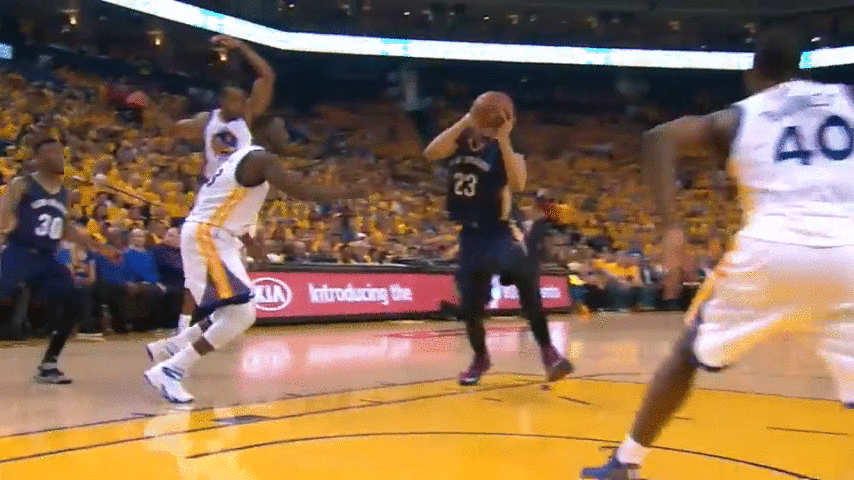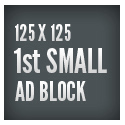New Orleans should be much better than its 23-28 record. When healthy, Nikola Mirotic’s perimeter scoring, Julius Randle’s versatility and Jrue Holiday’s presence as an elite two-way point guard should supplement Anthony Davis’ First-Team All-NBA effort. The Pelicans have cobbled together a hodgepodge of talented supporting specialists alongside Mirotic, Randle, Holiday and Davis. Unfortunately, the whole hasn’t been greater than the sum of its parts and their shortcomings have contributed to the idea that Davis will be heading down an exit ramp this summer or the next.
The countdown to Davis’ highly-anticipated pre-agency period, when he becomes a gilded expiring contract, was accelerated on Monday when his agent, Klutch Sports Group founder Rich Paul, fired a warning shot through the New Orleans Pelicans’ window by informing them of his client’s trade request. The most problematic aspect of this process is that the source for Adrian Wojnarowski’s explosive Woj Bomb, was not some third-party or anonymous individual. It was Paul himself. Davis isn’t even hiding his desire to NOLA bounce outta town.
Agent Rich Paul has notified the New Orleans Pelicans that All-NBA forward Anthony Davis has no intention of signing a contract extension if and when presented and that he has requested a trade, Paul told ESPN on Monday.
— Adrian Wojnarowski (@wojespn) January 28, 2019
The Pelicans franchise is a glass house and the reverberations from Davis’ ultimatum are thunderous enough to vaporize their fragile foundation.
Paul, is essentially a metonym for LeBron James, his business partner and Davis’ request ratchets up NBA rumor mills fueled by the notion that Paul is specifically angling for a path to Los Angeles. Davis is looking out for his own future. However, the recent history of NBA peregrinations has taught us that the teams who seem to lack leverage in the player trade requests have a way of tossing monkey wrenches into the best-laid plans of mice and towering men. Between now and the Feb. 7 trade deadline, Portland and Denver could swoop in with their own packages and bolster their own championship rosters.
More than any realistic trade partner, Portland has the most incentive to gamble on an AD rental. As currently constituted, the Blazers are a fun, defensively sound team. However, they aren’t winning the West any time soon, they aren’t an hot free agent destination and Damian Lillard can test free agency in 2021.
This summer, Boston could sell Davis on being their contemporary Kevin Garnett alongside Kyrie Irving, Gordon Hayward and Jayson Tatum.
Kawhi Leonard believed he had the leverage to discourage any team outside of Los Angeles from acquiring his expiring contract. Instead, the Toronto Raptors broke up the Kyle Lowry-DeMar DeRozan alliance and took a flyer on Leonard. Jimmy Butler preferred the Knicks, Nets or Clippers before Minnesota executed a deal with Philadelphia.
Nearly two years ago, Oklahoma City Thunder general manager Sam Presti re-affirmed his transactional genius by swapping Paul George with Victor Oladipo and Domantis Sabonis, whom they’d acquired a year earlier in the Serge Ibaka trade. At the time, George was a one-year rental who had his gaze set on Los Angeles.
The Lakers came out on top of the Orlando Magic’s Dwight Howard sweepstakes in 2012, despite his best efforts to orchestrate a trade to Brooklyn. Instead, the Lakers and Magic roped the Nuggets and 76ers into a four-team deal that altered the NBA landscape. Most people remember this trade as a two-team convertible, when in actuality it was a four-team mobile home being dragged down the interstate.
The bounty Orlando collected included Nikola Vucevic, Aaron Afflalo and Al Harrington. The pre-Process 76ers landed a potentially franchise center, not named Embiid, in Andrew Bynum. In exchange, Philadelphia sent Andre Iguodala to Denver. An assortment of first round picks were mixed in as incentives.
New Orleans’ is pursuing a few pounds of flesh from the Lakers for Davis’ services. After missing out on Paul George and watching Kawhi Leonard flourish in Toronto, the Lakers seem ready to pounce and New Orleans knows it. Smelling desperation, New Orleans reportedly seeks to reunite Lonzo Ball, Brandon Ingram, Kyle Kuzma and Ivica Zubac with Julius Randle and an extra first round pick.
It would create an intriguing dichotomy for New Orleans to patiently bank their future on a quintet of former Lakers draft picks. History shows the Lakers are an impatient franchise which has always favored the inorganic method of team-building by trading for superstars.
If any Lakers fans are divided over abandoning the latent potential of fan favorites Ingram, Kuzma, Zubac and Ball, the Kareem Abdul-Jabbar trade can offer consolation. The Lakers are a financially solvent and shrewd, mega-market organization that leads by head instead of heart. In 1975, the Lakers traded Elmore Smith, Brian Winters, Dave Meyers and Junior Bridgeman to the Milwaukee Bucks for Kareem Abdul-Jabbar. That homegrown quartet may have been the Ingram, Ball, Zubac and Kuzma of the mid-70s.
Smith averaged 17 and 15 as a rookie, and nearly five rejections per game, two seasons later when the NBA began recording blocks. Winters was a 6-4 guard, who wound up making two All-Star Games in nine seasons. Meyers was the second overall pick in the ’75 Draft and Bridgeman was taken seven picks later. That haul obviously wound up being worth it for the Lakers in the long run. Ingram, Ball and Co. haven’t shown enough to warrant passing on Kareem-Lite.
However, even in comparison to those trades, New Orleans’ asking price is steep. The appeal of LeBron linking up with Los Angeles was that Ball, Ingram and Kuzma were building blocks for the present and future. They were also on cheap rookie deals, which is how sustainable contenders like Golden State are often constructed.
Carmelo Anthony is one of the few pre-agent players on an expiring contract to actually have his trade destination wish granted, when he was shipped to his hometown New York Knicks. However, it came at a cost. The Knicks offloaded Wilson Chandler, Raymond Felton, Danilo Gallinari, Timofey Mozgov and their 2014 first round pick. Their haul included a senescent Chauncey Billups, who only played 21 games in a Knicks uniform, Shelden Williams, Anthony Carter and Renaldo Balkman. Fortunately, Davis is head and shoulders above 2011-Carmelo in the NBA hierarchy.
Yet, as the Celtics have learned, depth is no replacement for supernova talent. Ingram and Ball may be All-Stars eventually, but they’re not championship pillars. Davis already is at 25 years old. He’s averaging 29.3 points per game, 13.3 boards, both career-highs, in addition to 2.6 blocks, 1.7 steals, while shooting over 50 percent from the field and over 80 percent at the line.
Pair him with an elite wing or point guard and they’re instantaneous title contenders for the foreseeable future. Of course, it’s merely theoretical as Davis is a second round virgin. That was also the knock on DeMarcus Cousins, Kevin Love and Chris Bosh. Bosh and Love were prominent third wheels on title-winning teams led by James. Cousins is the peripheral centerpiece in Golden State.
On the other hand, Davis is a tier or two above those three because of his effortless shot-blocking, deft pick-and-roll defense and preternatural scoring from 23 feet in. He can step out on the perimeter, defend the pick and roll or patrol the paint.
Yet, Davis is a more efficient offensive headache when he can pick-and-pop or play with a high-usage ballhandler. This season, he’s had to create a significantly higher percentage of his own shots outside of the restricted area. Consequentially, his efficiency has taken a dive. It hasn’t been harmful to New Orleans’ offense, after all, they rank second in scoring efficiency, but it indicates that Davis would thrive even more alongside someone like James, as the secondary offensive force, despite L.A’s paucity of floor spacers.
Until New Orleans decides what to do with their awkward, separated, but not divorced yet, living in the same home, sitcom dilemma, prospective teams can only dream and Davis is as much the Pelicans problem as he is another front office’s solution.



